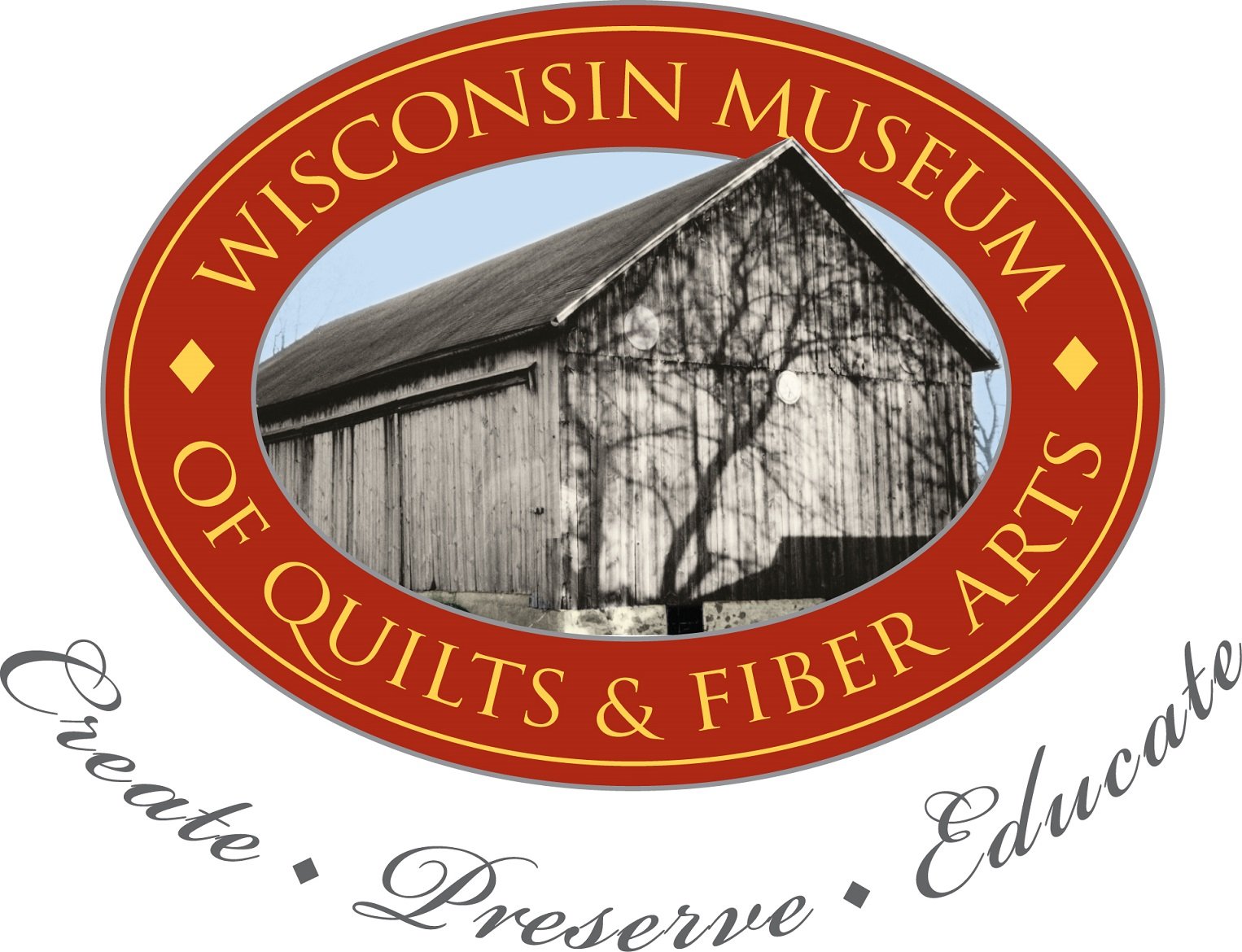Quilt Documentation
The Wisconsin Quilt History Project (WQHP) was created in 1988 to document the stories and histories of quilts and their makers.
Quilts are an important part of history and help define women’s place historically, socially, economically, and politically.
Today only a small percentage of quilts made over the last two hundred years survive. Many of these quilts are valued as family heirlooms. An owner’s knowledge about the quiltmaker and the circumstances of how and why the quilt was made may be fragmentary. Even when the name of the quiltmaker is known, detailed written accounts of the woman’s live and family experiences may never have been recorded, let alone passed down through the generations of a quilt’s ownership. Often an owner’s knowledge has survived only as personal remembrances and anecdotes form generation to generation.
Documentation of quilts and quiltmakers allows a unique perspective on women’s history. Where complete biographies are unavailable, oral histories can augment such personal documents as letters, diaries, and journals.
Wisconsin’s first Quilt Day was held in 1987 and volunteers assisted in photographing and documenting 150 quilts. Quilt owners brought their quilts to specific sites throughout Wisconsin to historical societies, museums and quilt guilds between 1988- 1996. WQHP volunteers provided quilt preservation guidelines to the owners and helped them complete a questionnaire designed to record the history and the physical characteristics of each quilt.
In 1998 the Wisconsin Quilt History Project co-sponsored three quilt exhibits around the Milwaukee area and chose quilts from the 7,000 documented across the state to put in the exhibitions and also in the “Wisconsin Quilts: Stories in the Stitches” book. In 2001 the Wisconsin Museum of Quilts & Fiber Arts was formed and documentations have continued approximately twice a year since its foundation.
All the physical documentation files are kept on site at the museum and a group of diligent volunteers are working to upload them to the Quilt Index website. (https://quiltindex.org/) Anyone can search the Quilt Index website to try and locate their documented quilts or email documentation@wiquiltmuseum.com with questions.
Learn more about the documentation process by watching this recorded zoom lecture!
Quilt Documentation Day
WMQFA hosts documentations multiple times per year. Check the calendar of events for details.
Find out more about your quilted treasure by having our expert volunteers look at your quilt. Pre-registration strongly recommended. $10 per quilt.
To register, please email Documentation@wiquiltmuseum.com
Calling all quilts and the people who love them! Help us save the stories in the stitches by bringing your precious family heirlooms (or modern creations) to Documentation Day at the WMQFA’s farmstead. We will record the history of the quilt, create a detailed description, take a digital image, and save this information in our archives.
We will include your quilt in an online database, the Quilt Index, where it can be accessed and studied for years to come, at no charge. Our trained volunteers can tell you when and how your antique quilt was made, and give suggestions on proper care and storage.
During the documentation event, our volunteers will help you fill out a detailed form (Quilt-Documentation). You may already have some information, and can bring this along to the documentation.
Previously had your quilt documented or received a quilt with a Wisconsin Quilt History number on it? You can either search the Quilt Index for information on your quilt or email documentation@wiquiltmuseum.com for help finding your quilts information. (Our documentation volunteers are working diligently to get the over 7,000 documented quilts into the index!) Copies of quilt index documentation can be made for $5.00.
